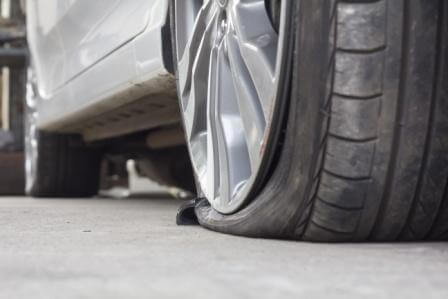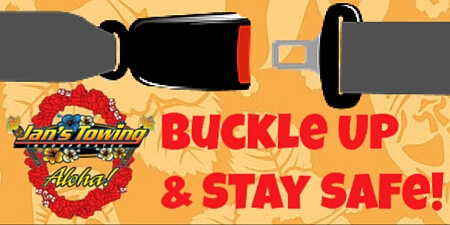Knowing When to Repair or Replace a Flat Tire
 Many vehicle owners assume that their tires are in good condition until one of them has a blow out or goes flat. Determining if the vehicle’s tire is needing to be repaired or replaced is a major issue for all drivers. Tire replacement at the required time is critical because they can become extremely dangerous if ignored for too long.
Many vehicle owners assume that their tires are in good condition until one of them has a blow out or goes flat. Determining if the vehicle’s tire is needing to be repaired or replaced is a major issue for all drivers. Tire replacement at the required time is critical because they can become extremely dangerous if ignored for too long.
New tires nowadays come with a mileage recommendation that most manufacturers suggest which will give you an idea about the approximate expected life of the tire. An average tire can last around 50,000 miles in ideal driving conditions. However, it is recommended to check your tires frequently to make sure that they are showing the normal amount of wear.
The following tips will help you determine whether it is time to repair or replace a tire:
1. Observe Wear Indicators
One of the most recommended ways to inspect the tires is to look at the wear indicator present on the tire’s side. In normal condition of the tire, you will be able to clearly see little pieces of rubber sticking out. And if these pieces of rubber are not present, then it may be time for replacement.
The next thing to check is the tread. The tread is the part of the tire that comes in contact with the road and it should be deep enough to push water out of the way. If the grooves are non-existent or no longer deep enough, or the tread looks worn, then it is recommended that you replace the tire immediately as tires with no tread can be very dangerous, particularly in wet conditions.
2. Check for Uneven Tread Wear
When you are observing the treads of the tire, be sure to check for uneven wear as well. Uneven tread wear indicates that the tires are not aligned properly. If some parts of the tire are not making good contact with the road, they will unevenly wear and cause the car to make loud noises or be shaky when driving. In most cases, fixing the alignment of the tires solves this issue, however in some other cases you will have to replace the tire.
3. Check Air Pressure Levels Frequently
Checking air pressure of the tires will help you determine whether the level of air pressure is steady or not. If the tires are not maintaining a steady level of air pressure, then there may be a leak. And if the leakage is consistent, you would need to replace the tire. On the other hand, if the leakage is slow, then it is a sign of internal damage, which will sooner or later cause a blowout when you are driving the vehicle at high speeds.
4. Bubbles or Bulges
If the tires cannot maintain a steady pressure due to some weak spot, it means there are bubbles or bulges in them. Bubbles also become the cause of a dangerous blowout if you ignore them and continue traveling on them. Therefore, it is recommended to replace the tires immediately.
Conclusion
Inspecting your vehicle’s tires every once in a while will give you sufficient time to fix potential issues. Be sure to inspect tread wear throughout the tire’s life. In short, if you keep up with routine inspection, maintenance, and replacement, you will be less likely to experience a hazardous blowout on the highway.
About us:
Jan’s Towing offers fast & reliable towing and roadside assistance for flat tires and all kinds of vehicle breakdowns- everywhere in the San Gabriel Valley, such as Azusa, Glendora, Covina, West Covina, Arcadia, Irwindale, City of Industry, Rowland Heights, and beyond. In Inland Empire, we service the cities of Fontana, Rialto, Bloomington, Rancho Cucamonga, Ontario, and surrounding cities. We will respond immediately on a 24/7 basis, so give us a call right now at (626) 914-1841 if you are in need of towing or any roadside assistance!

